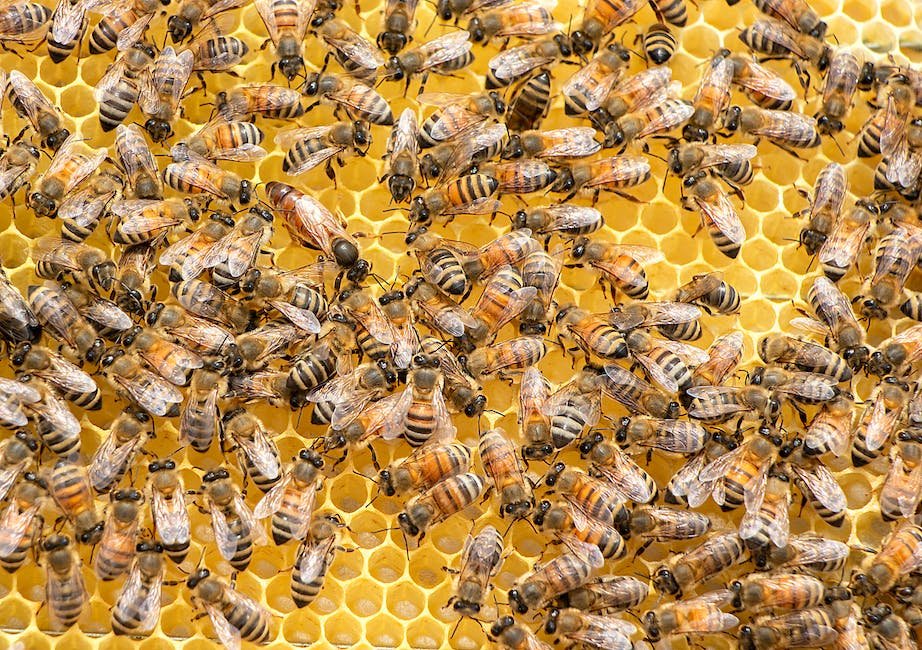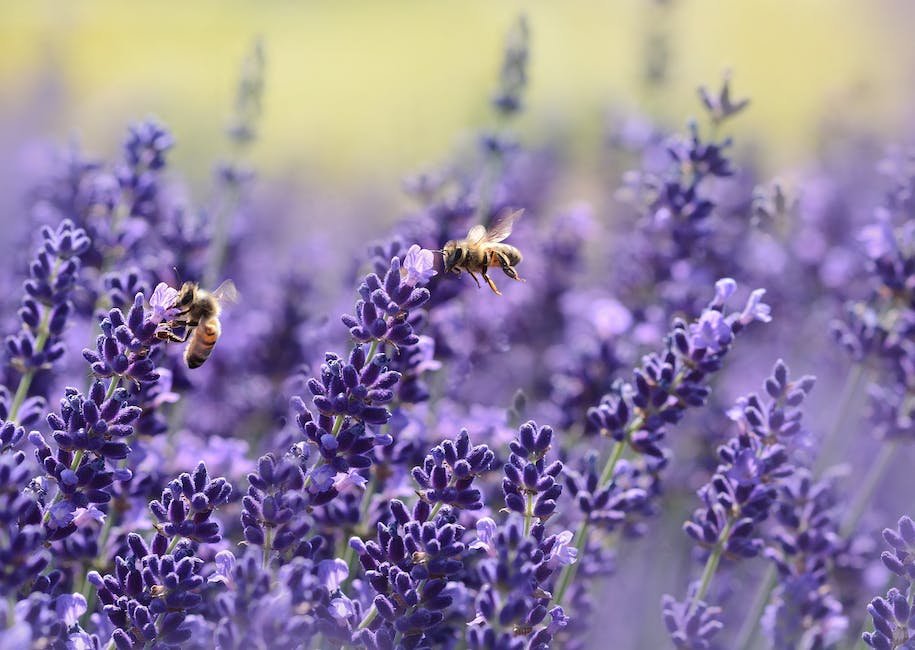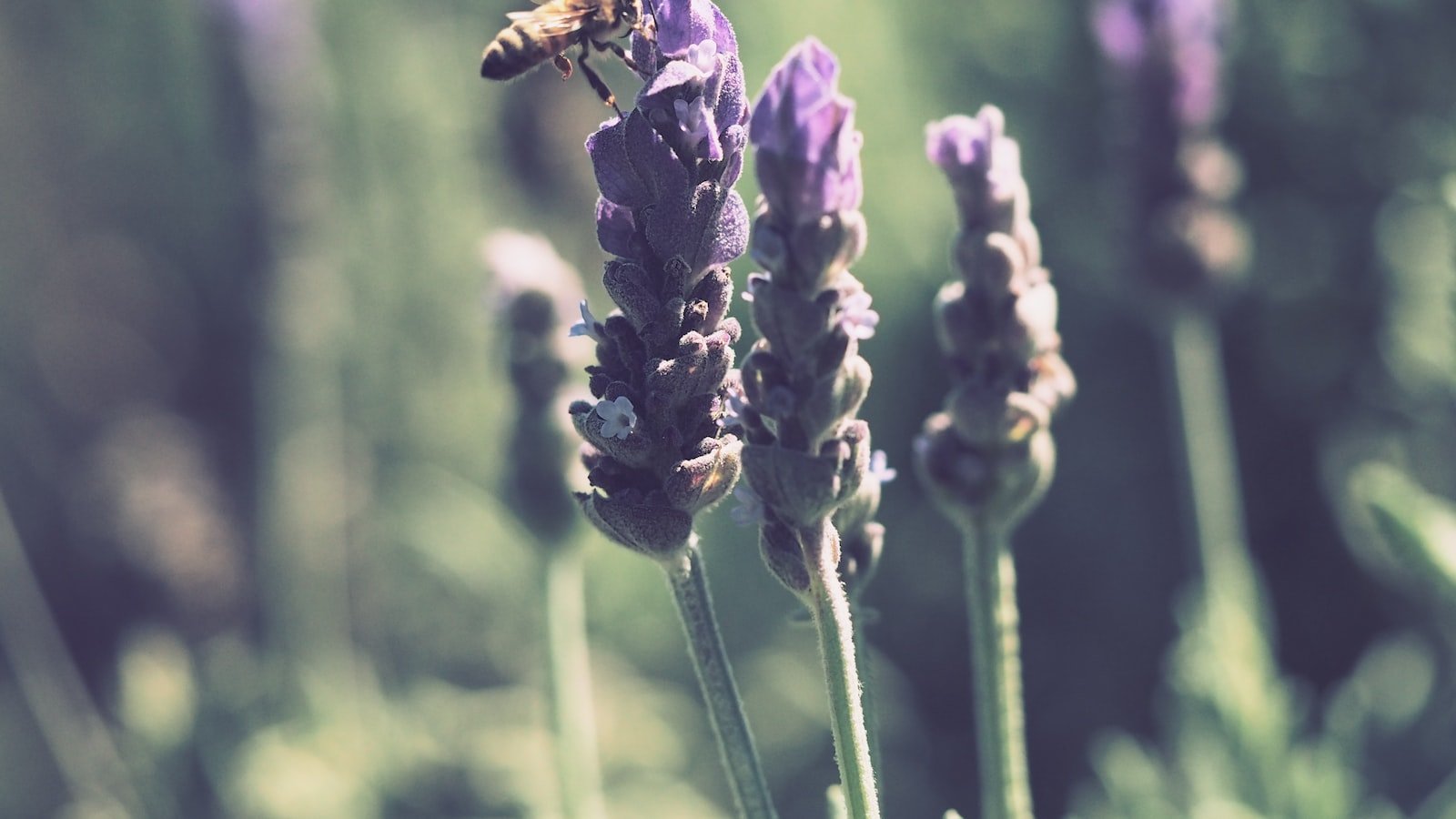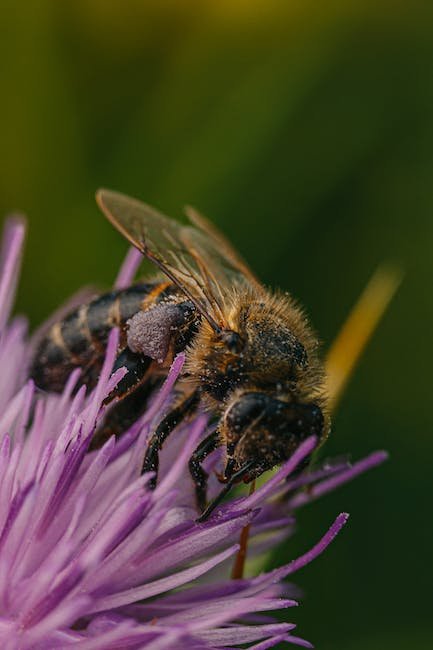Beneath the vibrant blossoms that paint our landscapes, a world of intricate communication unfolds among the smallest but most industrious creatures – bees. Within their meticulously organized societies, these buzzing wonders exhibit a captivating social structure that underpins their harmonious cooperation and relentless pursuit of survival. From fervent dances and collective decision-making to mind-boggling chemical conversations, the bees’ ability to convey information with remarkable precision has long fascinated scientists and bee enthusiasts alike. In this article, we delve into the enigmatic realm of bee communication, unraveling the pivotal role that their social structure plays in facilitating their extraordinary communication channels. Prepare to be astounded by the secret linguistic prowess buzzing within the heart of the hive.
Table of Contents
- The Power of Collective Decision-Making: How Bee Social Structure Fuels Efficient Communication
- Uncovering the Enigmatic Language of Bees: The Intricate Ways They Communicate with One Another
- Building a Strong Hive: The Vital Role of Queen Bees in Maintaining Communication Order
- Optimizing Bee Communication: Strategies for Enhancing the Social Structure within Hives
- Preserving Bee Societies: The Importance of Understanding and Protecting their Unique Communication System
- Q&A
- Final Thoughts

The Power of Collective Decision-Making: How Bee Social Structure Fuels Efficient Communication
The fascinating social structure of bees is not only crucial for their survival but also offers insights into collective decision-making and efficient communication. Within a beehive, thousands of bees work together in harmony to make important decisions for the welfare of the entire colony.
One remarkable aspect of bee social structure is their ability to communicate effectively through a series of dance movements known as the waggle dance. Worker bees perform this intricate dance to convey vital information about the location of food sources to their fellow hive members. By waggling their bodies in a specific pattern and direction, bees are able to indicate the precise direction and distance of these food sources. This dance language enables quick and accurate decision-making, allowing bees to efficiently allocate resources and ensure the survival of the entire colony.
In addition to the waggle dance, bees also utilize buzzing sounds, pheromones, and physical contact to communicate with each other. This multi-modal communication system enhances the collective decision-making process by providing redundant information. By utilizing multiple modes of communication, bees minimize the risk of misinterpretation and increase the reliability of their decisions.
The power of collective decision-making in bee social structure serves as a valuable lesson for humans as well. By understanding and appreciating the efficient communication methods employed by bees, we can strive to improve our own decision-making processes and foster better collaboration within our societies.

Uncovering the Enigmatic Language of Bees: The Intricate Ways They Communicate with One Another
The world of bees is a fascinating one, filled with secrets waiting to be unveiled. These tiny creatures have mastered a language so intricate and enigmatic, it has captivated scientists and bee enthusiasts alike. From delicate dances to vibrational signals, bees communicate with astonishing precision and complexity, forming a web of information that keeps their colonies thriving.
Through a mesmerizing series of movements known as the “waggle dance,” bees convey crucial information about food sources to their fellow hive members. This unique form of communication involves a bee “dancer” waggling their body in a precise direction and intensity, indicating the distance and direction of the food. Joined by keen-observing “scout” bees, the information is then decoded and translated into actionable knowledge for the entire colony.
Aside from the waggle dance, bees employ an array of other signals to communicate within their bustling hives. One such method involves producing specific vibrations or sounds, which have different meanings depending on the context. For instance, a gentle purring signifies contentment and harmony within the colony, while a rapid pulsating signal may indicate an imminent threat or danger. It is truly awe-inspiring to witness the complexity and nuance of their communication methods, highlighting the remarkable intelligence that resides within these tiny creatures.
In the intricate world of bees, language plays a vital role in ensuring their survival and prosperity. It is through their unique communication techniques that these remarkable insects have thrived for millions of years, navigating their way through a delicate balance of cooperation and information exchange. As we continue to unravel the mysteries of their language, we gain a deeper understanding and appreciation for the brilliance of these little buzzing marvels.
Building a Strong Hive: The Vital Role of Queen Bees in Maintaining Communication Order
The Vital Role of Queen Bees in Maintaining Communication Order
A strong hive is crucial for the survival and prosperity of a bee colony. One of the key factors in building and maintaining a sturdy hive is the presence of queen bees. These remarkable insects play a vital role in establishing and sustaining communication order within the bee community.
Queen bees are the absolute rulers of their colonies. They possess an incredible ability to release specific pheromones that guide and regulate the behavior of other bees. Through the emission of these pheromones, queen bees communicate essential messages to their subjects, ensuring the smooth running of the hive.
- Maintaining harmony: The queen’s pheromones signal to worker bees that all is well in the colony, promoting a sense of unity and harmony among the bees. This synchronization enables them to work together efficiently, with each bee understanding its role and responsibilities.
- Regulating reproduction: Queen bees control the reproductive activity of the colony. They emit pheromones that suppress the development of other female bees’ reproductive organs, keeping them content and focused on their assigned tasks.
- Guiding colony development: The pheromones released by the queen also guide the growth and development of the colony. These signals influence behavior and motivate worker bees to construct and expand the hive, ensuring the colony’s home is structurally sound and provides ample space for future growth.
In conclusion, queen bees hold immense power and responsibility within their hives. Their remarkable ability to maintain communication order allows for the unity, efficiency, and growth of the bee colony. Without the presence and guidance of these remarkable leaders, the delicate balance of a hive would be disrupted, potentially leading to chaos and the decline of the entire community.

Optimizing Bee Communication: Strategies for Enhancing the Social Structure within Hives
Bee communication plays a crucial role in maintaining the social structure within hives. By optimizing their communication strategies, each member of the hive can effectively coordinate their activities, ensuring efficiency and productivity. Here are some key strategies for enhancing communication within bee colonies:
- Dance Language: Bees have a unique way of communicating the location of food sources through elaborate dance patterns. By translating the intricacies of their dance language, beekeepers can better understand the distance, direction, and quality of nectar or pollen sources.
- Chemical Signals: Pheromones play a significant role in bee communication. For instance, the queen bee releases a blend of pheromones that unifies the hive and regulates colony activities. Through chemical signals, bees can identify their queen, distinguish between nestmates and intruders, and even signal alarm or aggression.
- Tactile Communication: Bees communicate through touch, allowing them to relay important information within the hive. These gentle touches can indicate the readiness to transfer food, exchange social information, or communicate needs and responses within the colony.
- Sound Communication: Bees also utilize sound vibrations to communicate. For example, when a worker bee is trapped or injured, it emits distress calls that alert other bees to come to its aid. The collective buzzing of a hive can also indicate the overall health and mood of the colony.
By understanding and optimizing these communication strategies, beekeepers can strengthen the social structure within their hives, ensuring the well-being and success of their bee colonies.
Preserving Bee Societies: The Importance of Understanding and Protecting their Unique Communication System
Bees are remarkable creatures that play a crucial role in our ecosystem as pollinators. However, what sets them apart from other insects is their highly sophisticated communication system. Every bee in a hive has a unique role, and their ability to communicate effectively is the key to their success as a society. Understanding and protecting this communication system is essential for the preservation of bee societies and the overall health of our environment.
Why is their communication system unique?
1. Dance Language: Bees communicate the location of nectar-rich flowers to their hive mates through a series of intricate dances. These dances convey the direction, distance, and quality of the food source, allowing other bees to navigate the vast landscapes with precision.
2. Chemical Signals: Bees release pheromones to signal danger, mark territories, and coordinate foraging activities. These chemical signals not only convey information but also elicit specific behaviors from other bees, ensuring efficient collaboration within the hive.
3. Vibrational Communication: Bees use vibrations to communicate a variety of messages, such as signaling the presence of enemy invaders or indicating the need for a new queen. Through this unique form of communication, bees can alert and mobilize their fellow colony members to respond to different situations.
The importance of understanding and protecting their communication system
By comprehending the intricacies of bee communication, we gain valuable insights into their behavior, needs, and vulnerabilities. This understanding allows us to develop effective conservation strategies that promote their well-being. Preserving the unique communication system of bees is vital to ensure the proper functioning of their societies, the maintenance of crucial pollination services, and ultimately, the sustainability of our environment.
Q&A
What is the social structure of bees?
Bees have a complex social structure consisting of a queen, worker bees, and drones. The queen is responsible for reproducing, while worker bees perform various duties such as foraging, nursing the brood, and building the hive. Drones are male bees whose sole purpose is to mate with the queen.
How do bees communicate within their social structure?
Bees communicate primarily through a sophisticated dance known as the “waggle dance.” By performing this intricate dance, bees convey information about the location of food sources and potential new hive locations to their fellow colony members with remarkable accuracy.
How does the waggle dance work?
During the waggle dance, a bee moves in a figure-eight pattern and waggles its abdomen to indicate the direction and distance of the target location. Other bees perceive this information by reading the movements and intensity of the dance. This dance form is an essential means of transferring vital information within the bee colony.
What other ways do bees use to communicate besides dancing?
In addition to dancing, bees use various chemical signals called pheromones to communicate. The queen releases pheromones to assert her dominance and keep the colony organized. Worker bees also produce pheromones to signal danger or direct other bees towards specific tasks within the hive.
What is the importance of communication in a bee colony?
Communication is crucial for a bee colony’s survival and success. It allows bees to coordinate their activities, such as foraging, defending the hive, and swarming. Effective communication within the social structure enhances their overall efficiency and ensures the wellbeing of the entire colony.
How does the bee social structure contribute to honey production?
The division of labor within the bee social structure is integral for honey production. The worker bees, with the guidance of the queen, collectively work together to gather nectar, convert it into honey, and store it in the hive. This efficient collaboration allows bee colonies to generate surplus honey for their sustenance and human consumption.
Can disruptions in bee social structure affect their communication?
Yes, disruptions in the bee social structure can impact communication. For example, the absence of a queen or an imbalance of worker bees can lead to reduced waggle dance exchanges and pheromone signaling, consequently affecting foraging behavior and overall hive productivity. Maintaining a stable social structure is essential for effective communication among bees.
What can we learn from studying the bee social structure and communication?
Studying bee social structure and communication provides insights into social organization, division of labor, and complex communication systems. Understanding these aspects not only offers valuable knowledge about bees themselves but may also help researchers gain new perspectives on social systems in other animal species, including humans.
Final Thoughts
As we delve deeper into the intricate world of bee communication, it becomes abundantly clear that their social structure plays a pivotal role in their flawless coordination. From the bustling dance floor, where waggle dances relay crucial information, to the harmonious hum of their hive, the bees exemplify the true meaning of teamwork. Their neutral tone, stripped of any ego or hierarchy, allows for a seamless flow of communication, transcending the barriers that often plague human societies. The humble bees, with their creative use of dance, vibrations, and scent cues, have unlocked the secret language of collaboration, reminding us of the power of unity in achieving common goals. So, let us take a leaf out of their book, embrace the neutrality that bees radiate, and nurture a society where effective communication reigns supreme, creating a world brimming with harmony, understanding, and sweet, golden honey.
As an affiliate, my content may feature links to products I personally use and recommend. By taking action, like subscribing or making a purchase, you’ll be supporting my work and fueling my taco cravings at the same time. Win-win, right?
Want to read more? Check out our Affiliate Disclosure page.


